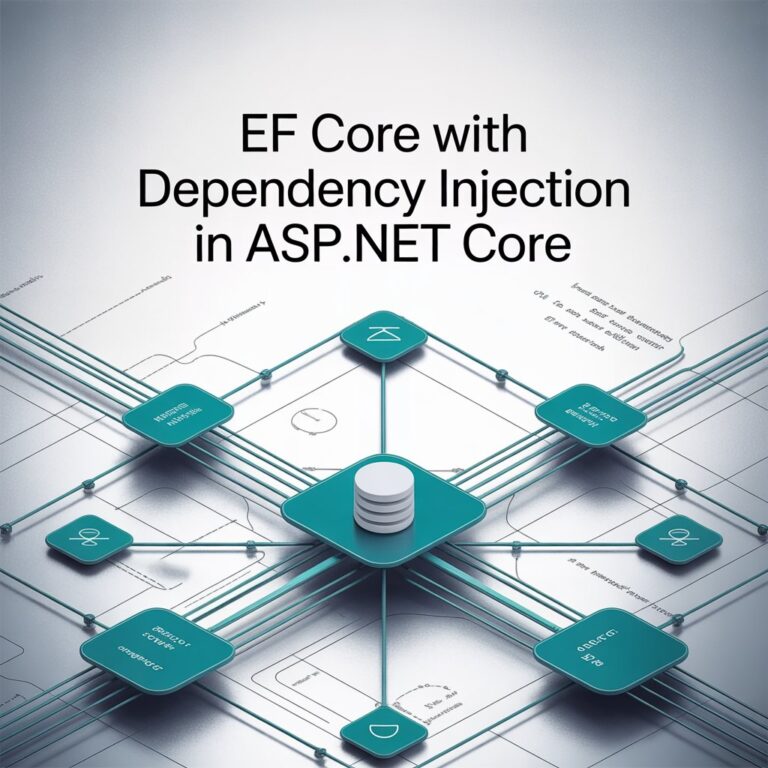In ASP.NET Core, dependency injection (DI) is a built-in feature that simplifies managing object lifetimes and dependencies. While creating services, choosing the correct lifetime can significantly impact application performance and memory usage. In this post, we’ll explore the three primary service lifetimes: AddTransient, AddScoped, and AddSingleton, and when to use each.
AddTransient: Lightweight, New Instance Per Request
When you register a service with AddTransient, a new instance of the service is created each time it’s requested from the service container. This lifetime is ideal for lightweight, stateless services that don’t need to retain any state between requests.
When to use AddTransient:
- For services that perform short-lived, isolated operations.
- When you don’t need to retain any data or state.
services.AddTransient<IMyService, MyService>();Example Usage: Imagine a service that formats strings or converts data types. Each call can operate independently, so a new instance per request avoids any potential conflicts and minimizes memory usage after the request is completed.
AddScoped: Shared Within the Scope of a Request
AddScoped services are created once per request. This means the same instance will be used within a single HTTP request but will be recreated for each new request. Scoped services are perfect for services that need to maintain some state or context for the duration of a single operation, like a web request.
When to use AddScoped:
- For services that track request-specific data or perform operations needing request-specific state.
services.AddScoped<IMyService, MyService>();Example Usage: Imagine a service that manages user data for a single session, like a shopping cart or data context. Using AddScoped ensures that the service retains state throughout a request but releases the memory once the request completes, keeping memory usage efficient.
AddSingleton: One Instance for the Entire Application Lifetime
With AddSingleton, a single instance of the service is created when first requested, and this instance is reused throughout the application’s lifetime. This lifetime is best for services that maintain a global state or perform operations that don’t depend on a request’s state.
When to use AddSingleton:
- For services that need to be available globally, without change across requests.
- For resource-heavy or expensive-to-instantiate services.
services.AddScoped<IMyService, MyService>();Example Usage: Consider a logging service or a service managing application-wide settings. These services should maintain a single, consistent state across all requests, making AddSingleton ideal. This approach reduces the cost of re-initializing the service and allows easy access to shared state.
Choosing the Right Service Lifetime
Here’s a quick summary to help decide which service lifetime to use:
| Lifetime | Description | Ideal For |
| Transient | New instance each time requested | Stateless, short-lived operations |
| Scoped | One instance per request | Request-specific operations |
| Singleton | One instance for entire app lifetime | Global, shared, and resource-heavy operations |
Choosing the correct lifetime can improve performance and memory efficiency in your application. By understanding how each of these lifetimes works, you’ll ensure your services are well-optimized for your needs.
This wraps up our exploration of AddTransient, AddScoped, and AddSingleton. Properly managing service lifetimes in ASP.NET Core will help you build scalable, efficient applications with clean separation of concerns and optimized resource usage.






